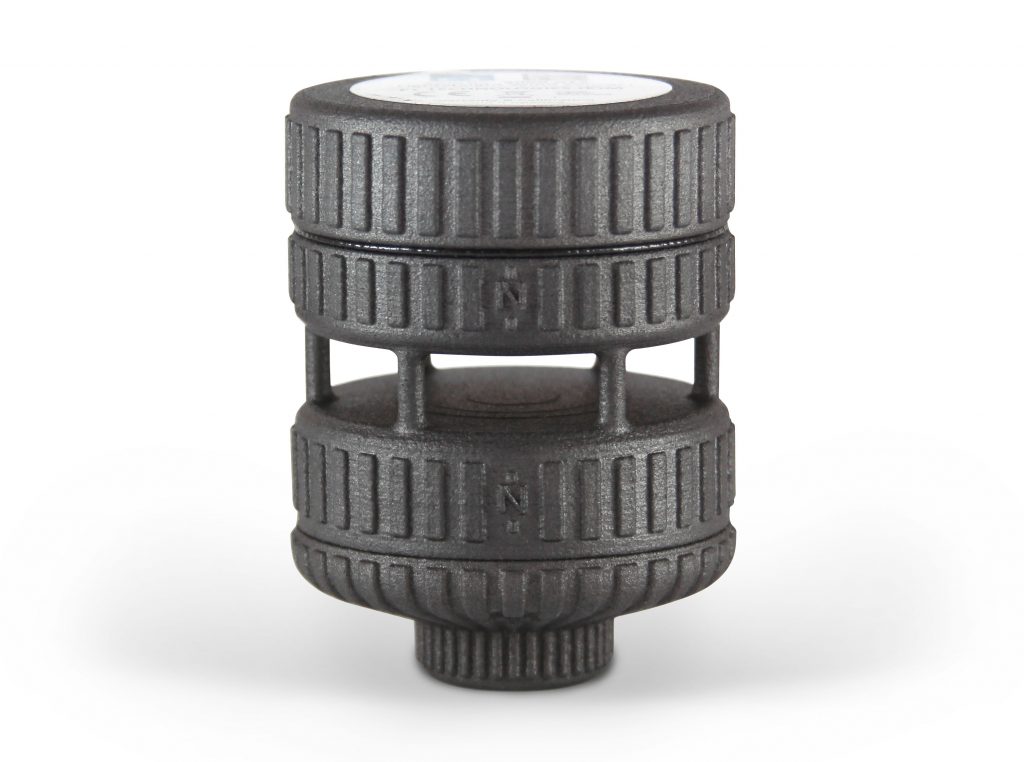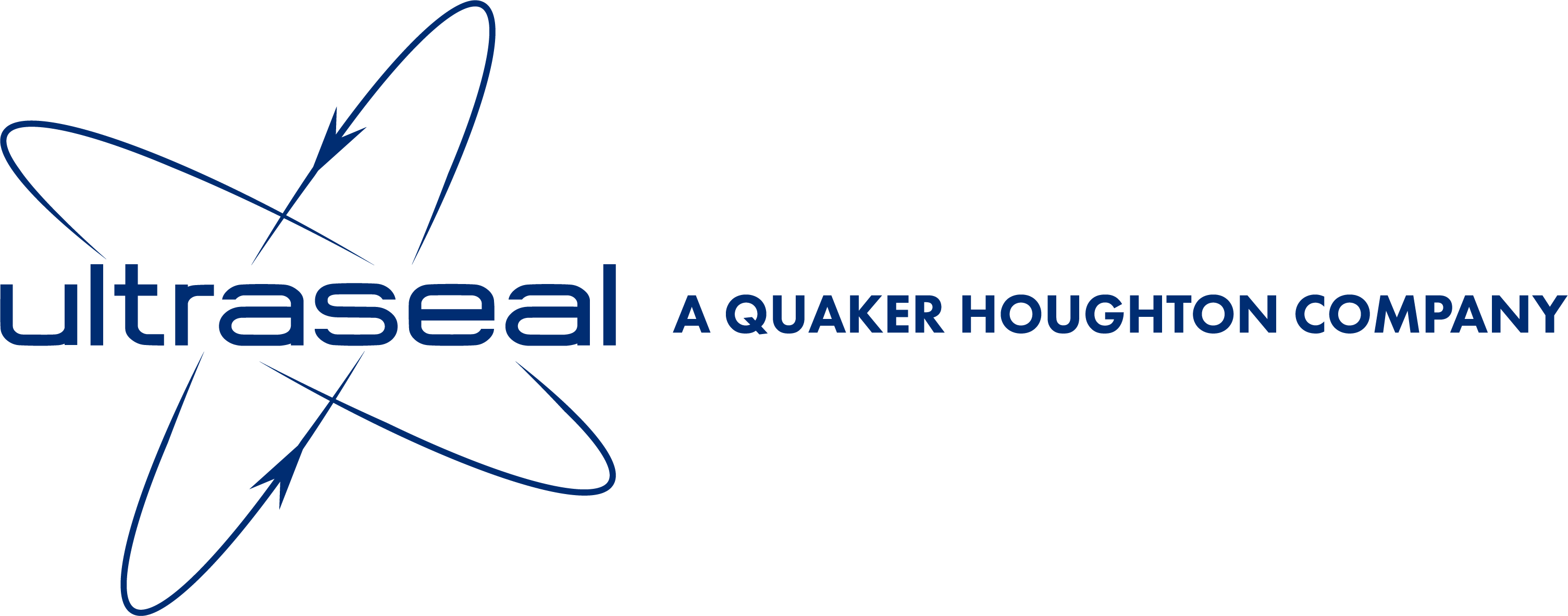Case Study: Porosity in Additive Manufacturing
In a few short years, additive manufacturing has evolved from a revolutionary technology into a mainstream process. Enabling the fast and cost-effective production of complex high-quality components in a range of materials, it’s helping revolutionise manufacturing in an increasing number of industries. But for all its state-of-the-art advantages, it can also be subject to a more traditional and well recognised manufacturing problem: porosity. In a quest to resolve this challenge, leading additive manufacturer Graphite AM turned to the global leader in porosity sealing Ultraseal International. The result is a breakthrough in both applications and quality.

THE CHALLENGE
Graphite Additive Manufacturing is a 3D printing consultancy specialising in complex designs and high-performance components using tailored materials.
Working to a 3D model, Graphite AM primarily uses SLS (selective laser sintering), an additive manufacturing process which deploys lasers to sinter powdered material, binding it together to create a solid structure.

While the majority of 3D Printing Bureaus use standard or Glass filled Nylon materials – such as PA11 and PA12 – Graphite AM has developed its own range of unique SLS blends, including the use of fine graphite particles.
As well as having impressive anti-static properties, the use of graphite also improves impact and thermal resistance (up to 170°C), meaning it is particularly suited to lightweight applications where strength and performance are critical factors. Combined with the ability to produce complex shapes and highly detailed designs without the need for metal tooling dies, Graphite AM is now supporting a wide range of industry sectors.
These include components for automotive applications, turbo system components, plenum chambers, oil and water pipework and manifolds, fuel cells and EV battery cooling systems. They also produce components for mission critical applications including environmental monitoring systems and unmanned aerial vehicles (UAVs).
Yet while the manufacturing technology has changed, a familiar old challenge remains: porosity, something which has long been recognised as a major issue with die-cast components. While the cause might be different, the end result is the same.

During additive manufacturing, microscopic holes are formed within the body of a part. Though invisible to the eye, these reduce the overall density of the component, potentially leading to cracks, leaks and fatigue. In applications with pressure differentials or which need to be air or fluid tight – for example in cooling systems – this can be an especially critical issue.
In 3D printing, this porosity is typically caused either by the printing process itself, or by the powder used in the process. Either way, it’s a long recognised problem, transposed to state-of-the-art technology. Which is why, to help minimise this issue, Graphite AM began the search for a specialist porosity sealing partner. Explains Jonathan Warbrick, Sales and Marketing Manager at Graphite AM: “To make sure our customers capitalised on the very best product quality, we needed to find a consistent, reliable solution to porosity. And for that, we needed expertise and experience.”
THE SOLUTION
Ultraseal International, a global leader in the development, manufacture and supply of porosity sealing chemicals, impregnation equipment and services – and one that, like Graphite AM, has a proven track-record in the automotive industry, was the partner of choice for Graphite AM.
Ultraseal’s solution involves sealing the component using vacuum impregnation, a process which uses three key stages.
First, components are placed into an autoclave containing Ultraseal PC504/66 resin, a high performance thermocure methacrylate sealant. The sealant is applied to the component under vacuum in an autoclave. Once components are immersed in sealant the vacuum is released, allowing the sealant to penetrate into the micro-porosities and leak paths within the 3D printed part.
Second, a cold wash module removes excess sealant from external component surfaces and tapped holes.
The third process stage is a hot cure cycle. This exposes components to heat for a predetermined time period using a hot water bath which polymerizes the sealant, changing it from a liquid state to solid polymer. As a further quality test, the components are pressure tested to ensure they are leak-free.
THE RESULT
Approached initially as a consultant and solutions provider, Ultraseal now delivers an end-to-end sealing service for Graphite AM from its UK Service Centre in Slough.
This has added real value to Graphite AM, explains Warbrick: “Our customers rely on quality components, and we rely on Ultraseal to ensure they’re sealed effectively against the problems of porosity. Our partnership means we’re able to deliver reliable and leak free components, an essential characteristic in high performance parts. Ultraseal also deliver reliable and rapid turnaround. I’ve been impressed both the with service, and product quality.”
Download the case study: 3D Printing Graphite AM








